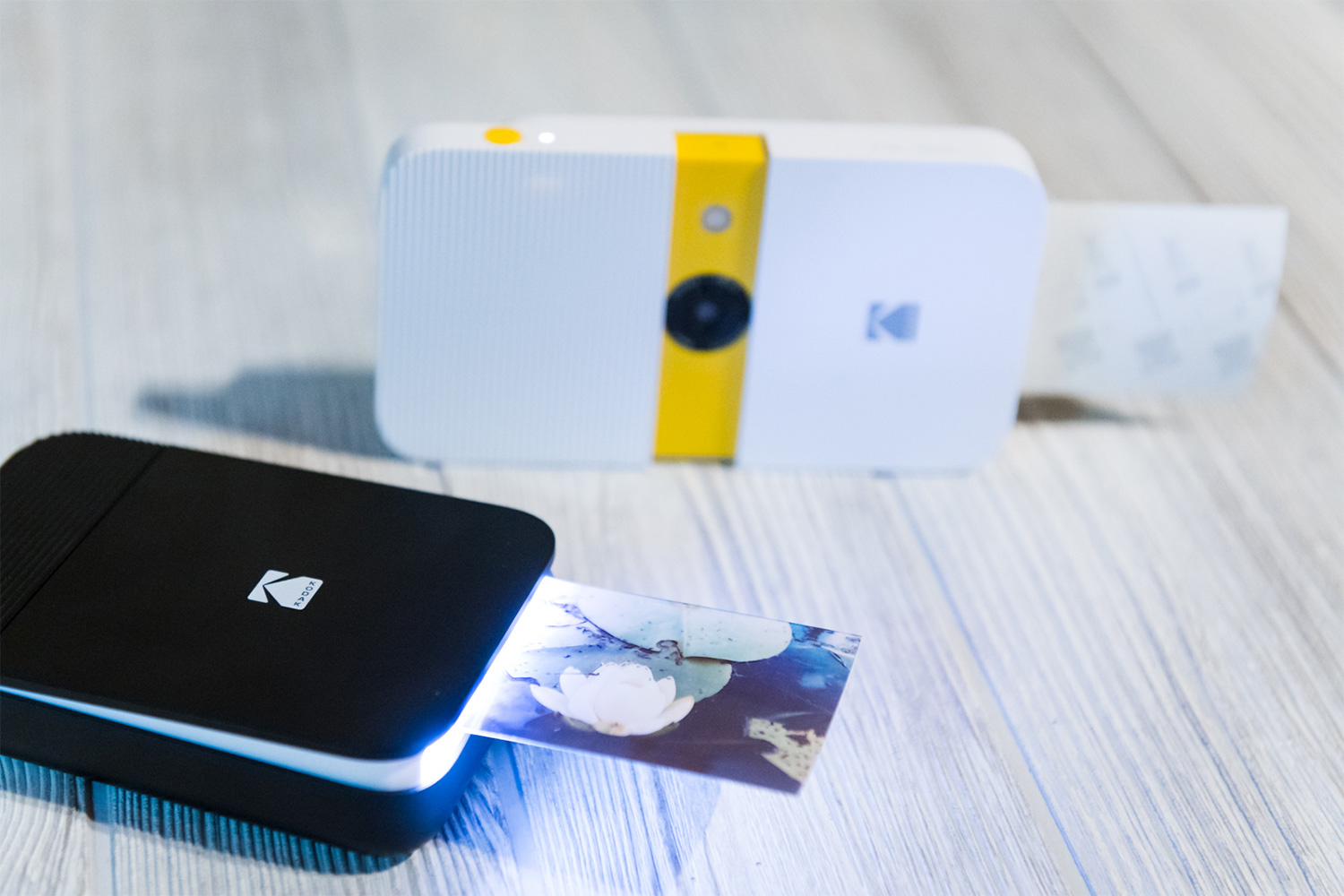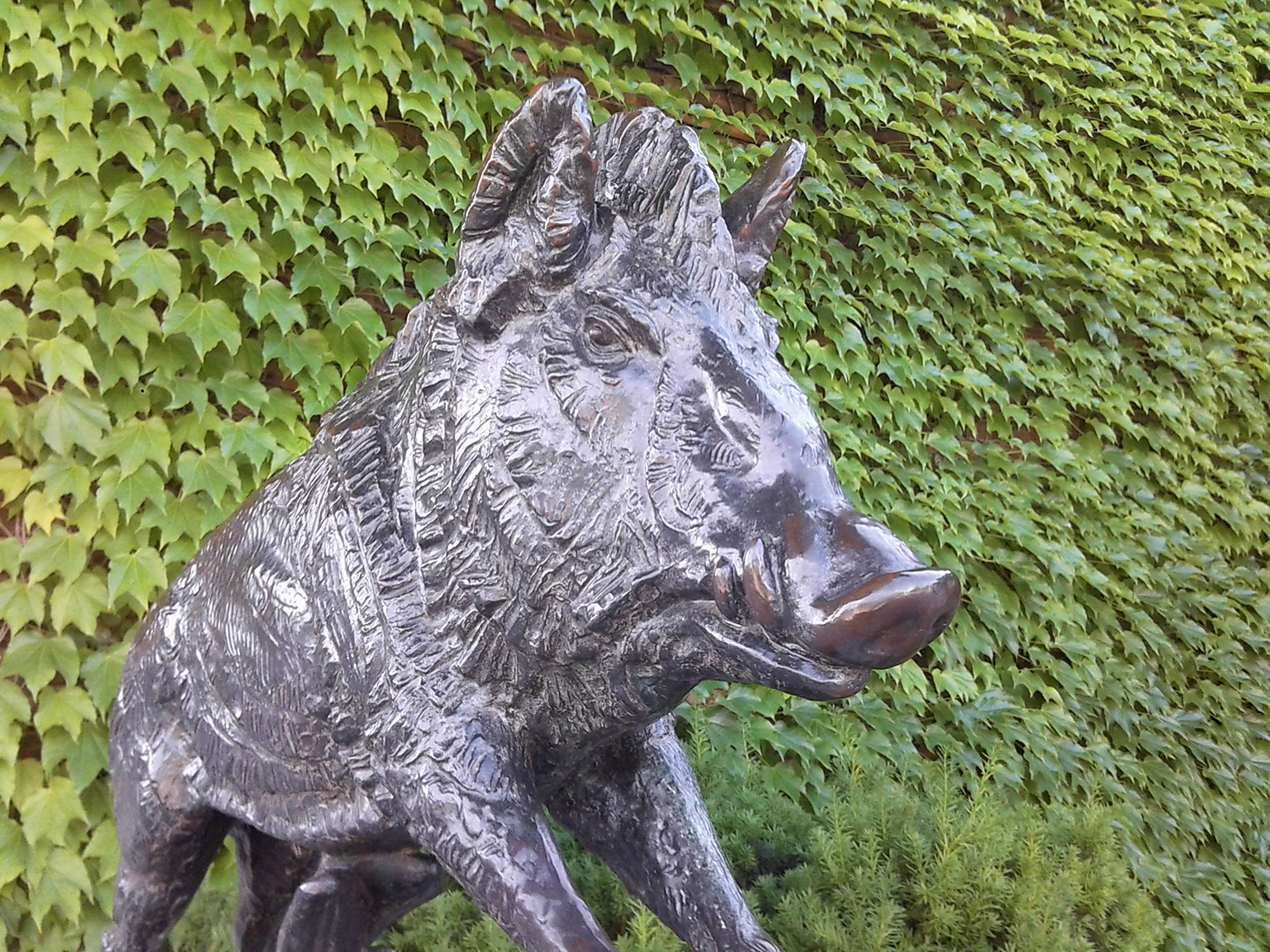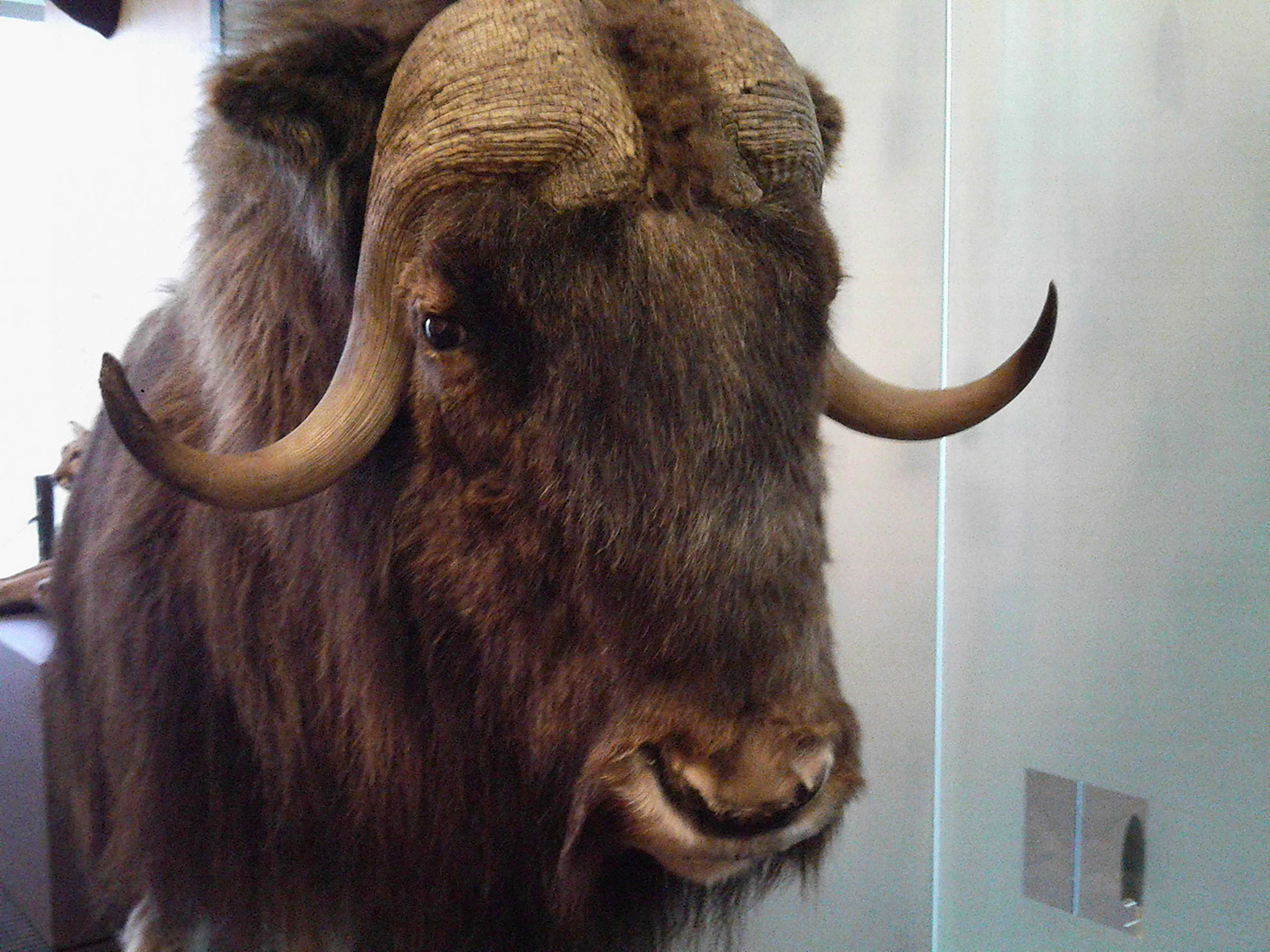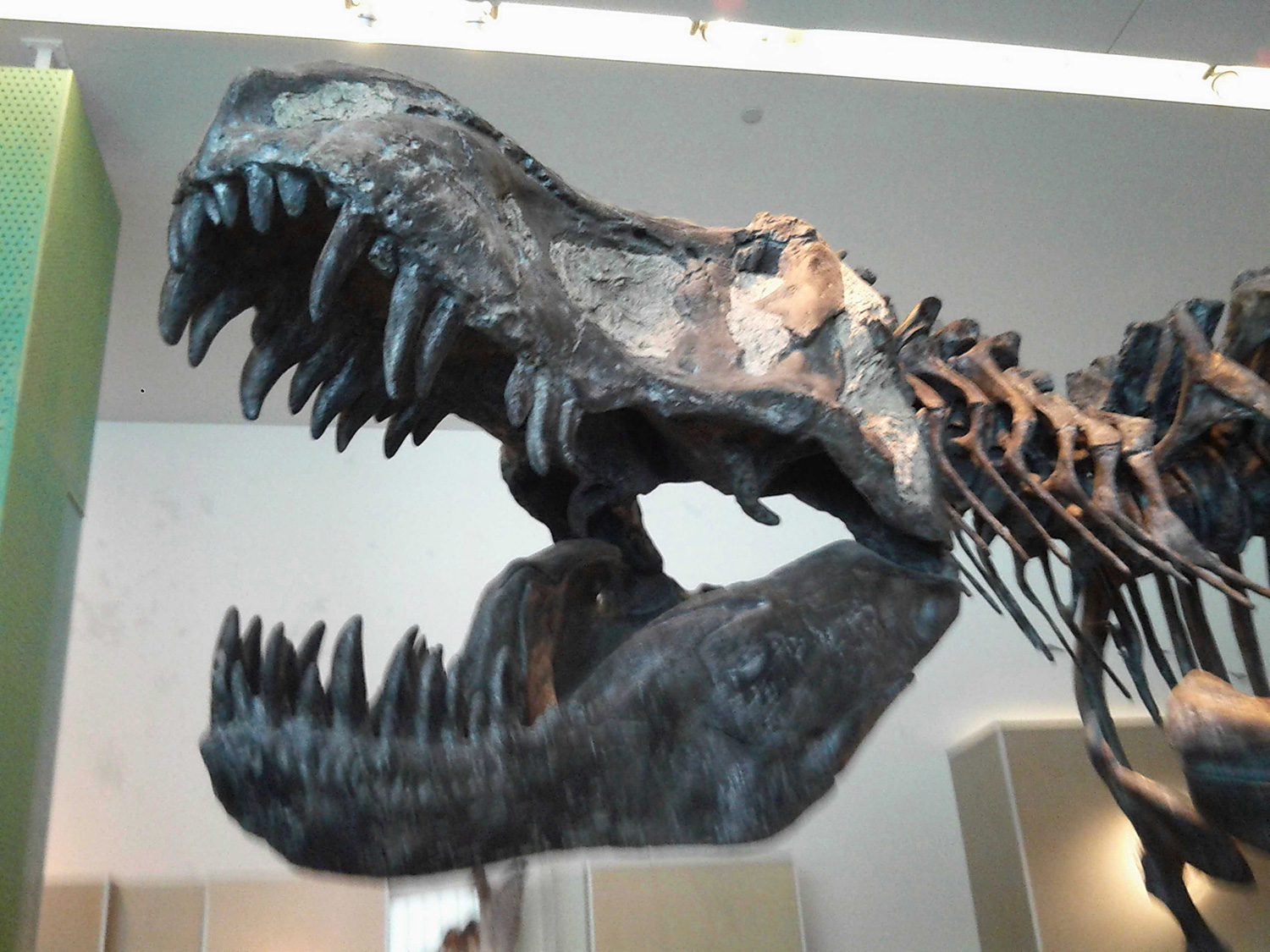“The Kodak Smile Instant offers simplicity, affordability, and portability -- with just enough extras to add that cool factor.”
- Compact, slide-out design
- Simple user interface
- Comparable print quality with other Zink printers
- Camera option is lacking with 5 megapixels
- Colors won’t print perfectly
- Printer app isn’t as robust as some editing apps
Bridging the gap between Instagram and the real world, the Kodak Smile Instant Digital Printer lets you print photos from your phone, while the Smile Instant Digital Camera lets you shoot, share, and print photos, giving you both a digital file and an instant print you can stick on your fridge.
The Kodak Smile Instant Printer spits out 2 x 3-inch Zink photos from a Bluetooth-connected phone. While portable instant printers are easy to find, the Smile takes the concept a step further thanks to augmented reality, letting you embed a video into a still photo that will play on your phone when you scan the print like a QR code. The Kodak Instant Smile Digital Camera, meanwhile, is essentially the same printer, but with a 5-megapixel camera hidden in it. However, the Instant Smile Camera lacks the ability to connect to a smart device — and with it, the AR video feature.
But any budget-friendly camera or printer like this begs the question: Is it an affordable value, or is it merely cheap?
Simple and sleek
The Kodak Smile Instant Printer has a boxy but sleek design with a textured grip and rounded corners. It’s shorter than a standard-sized smartphone, but two to three times thicker, meaning it isn’t exactly pocketable, but it would easily fit into a small camera bag or purse. Sliding the textured panel out turns the printer on and pops it open to reveal the paper exit slot. The printer has no other physical controls on it, save for a cover on the opposite side that pops off to load the Zink paper.
A light at the end of the printer blinks as the Bluetooth powers up, then turns solid once the printer’s Bluetooth is ready to connect. The light also blinks blue once the printer receives a photo and is getting ready to print.

For its part, the Smile Instant Camera looks incredibly similar and not that much larger. Pulling on the textured side pops open the camera, sliding out to reveal the lens hidden underneath. The same slide-out action simultaneously powers the camera on and, on the back, reveals the camera controls, a set of five buttons. The camera also gains a MicroSD card slot not found (nor needed) on the printer.
The plastic material feels surprisingly sturdy for a $100 camera, but the LCD screen at the back gives it away as a low-cost option. The screen is less than an inch-and-a-half wide, which, coupled with a low resolution, makes it difficult to determine much detail. The screen is also hard to make out from an angle and looks best when held straight on. This isn’t great, but it’s pretty much par for the course when it comes to instant digital cameras. The Smile Instant Printer has no screen as it instead relies solely on your phone.
The camera isn’t really meant for people who already have another camera, but its simple design makes it great for kids.
The camera isn’t really meant for people who already have another camera, but its simple design makes it great for kids. I had no problem handing it over to my 6-year-old, who quickly figured out how to turn it on, take a photo, edit it, and print it. You can probably leave the instruction manual closed.
The only thing that’s not intuitive is loading the Zink paper, but there’s a diagram inside both the camera and printer that illustrates which side goes up.
Second to the simplicity, the built-in rechargeable battery is also a perk, allowing for USB charging instead of constantly replacing disposable batteries. The camera also has some internal memory is also, if you happen to forget a MicroSD card.
User interface
Despite lacking the camera function, the Smile Instant Printer feels like the more feature-complete product. The Kodak Smile app walks you through the process of connecting the printer to your phone or tablet over Bluetooth, which is fairly straightforward and should get the printer up and running in no more than a minute or two. After the initial connection, the printer automatically reconnects whenever it is powered on.
Once connected, you can choose to take a photo directly in the app, access the camera roll to print out a photo that you’ve already taken, or log in to Instagram, Facebook, or Google Photos to print images straight from your social media accounts. The app includes more than two dozen filters along with tools to crop, rotate, adjust exposure, and more. Style tools integrate text, stickers, borders, and doodles. A share button also allows you to share the same edits to social media before printing. This goes well beyond the simpler editing tools of the Smile Instant Camera.
Still, it’s not the best option for editing photos, and there are many better apps out there. For example, brightening an image also seriously reduced the contrast, while apps like VSCO do a much better job here. Some other features may have limited use, such as the collage option which tries to squeeze multiple images onto a 2 x 3-inch print.
Once you tap the print button, the app will ask how many copies to make, then the printer gets to work. It takes about 30 seconds to make a Zink print, which is certainly longer than the competing printers using Fujifilm Instax film, but the benefit is you don’t have to wait for a Zink print to develop. Still, if you’re trying to queue up a bunch of photos to print quickly, it can be a bit annoying; the app suggests waiting for the print to finish before sending a second photo. Once or twice, the printer also didn’t respond to the first attempt.
But the printer goes beyond typical still photos. An augmented reality feature allows you to virtually embed videos into the prints, as well as face filters. AR-enabled prints take several minutes to send to the printer — long enough for us to wonder if the print would work — and print with a video icon in the corner to indicate there is a linked file. Unfortunately, the icon doesn’t appear in the preview, so you’ll just need to remember not to put any important details in that bottom corner.
Watching on your phone’s screen, the video plays over your refrigerator, table, or wherever else the print is in space.
Once printed, the same Kodak Smile app can “scan” the print using your phone’s camera and play back the video in augmented reality. Watching on your phone’s screen, the video plays over your refrigerator, table, or wherever else the print is in space. Anyone you give the physical print to will need to have the Kodak Smile app installed to view the hidden video, but so long as you provide those instructions, this could be a fun way to share more than just a still photo in things like wedding invites or family holiday cards.
The magic isn’t perfect, however. It took a few tries to get the image properly aligned, and the app can be thrown off by different backgrounds or if the print edges start to curve. Sometimes, the scan succeeded right away, other times, it took a few minutes of trying to get the print perfectly aligned to get it to finally scan.
Compared to the printer, the Smile Instant Camera offers precious few editing options that are even more minimalist than the camera itself. There are a mere four filters: normal, monochrome, vintage (or sepia), and aqua (which gives photos a blue tint). The only other option is to print with a border or not.
A few more options are tucked inside the menu, including a photo booth mode that allows you to shoot two photos side-by-side, and the flash settings. An auto print option will automatically print each photo instead of asking permission first, but being selective about what gets printed is one of the benefits of instant digital cameras compared to instant film cameras.
Image and print quality
Again, if you already have a phone, go for the printer over the camera. Images shot on the camera are lackluster — and that’s being kind. While the camera advertises 10 megapixels, the fine print says that the sensor is only 5 megapixels and that extra resolution is generated from interpolation. That’s a fancy term for increasing the resolution by taking information from the surrounding pixels and guessing what those new pixels should contain; it is certainly not the same as starting out with a 10MP sensor. This isn’t really an issue for making Zink prints since the paper is so small, but it does mean you won’t get much else out of the digital files.
Indoors, the images take on quite a bit of noise that causes a significant loss of detail. Photos shot indoors were also likely to have a soft, blurred quality — probably because the lens and sensor aren’t big enough to gather sufficient light to allow for fast shutter speed to freeze motion.
Outdoors, the images fare a bit better, although not by much, with halfway decent color and less noise and blur. The edges of the frame are quite soft and even the center isn’t crazy sharp. The brightest areas of the image also tended to be a bit overexposed.
While it’s easy to tear the images apart on a computer screen, the camera is really meant to make small 2 x 3-inch prints. Some of the grain and blur makes it into the small prints, and the color isn’t quite as good on the paper as on the screen. But, in the smaller size, some of those image quality flaws are harder to notice.
Pairing nearly any smartphone with the Kodak Smile Instant Printer will up the image quality. Even an older iPhone 7 easily outperformed the Smile Instant Camera with higher resolution, better color, and less noise in low light. Plus, you can technically print from any camera to the Smile Printer by simply transferring the photo to your phone first, so if you want “instant” prints from your DSLR or mirrorless camera, you can do that.
Images from the Kodak Smile camera are lackluster — and that’s being kind.
Of course, nobody ever claimed Zink prints were particularly high quality. The Smile Printer is consistent with other Zink printers — so it’s not great, regardless of the quality of the digital file you started with. When it comes to detail, a photo from a 45-megapixel Nikon D850 DSLR didn’t look any better than an iPhone image, but there are some creative benefits, from lens choice to depth of field control, that can make such “real camera” photos stand out even on the small Zink prints. And how much detail do you need in a 2 x 3-inch photo, anyway?
What’s a bit more noticeable is the colors. The colors in the print tended to skew toward magenta and yellow, more noticeable in some prints than others. The shadows also tended to print darker than in the digital file, muting the colors in the shadows even more. Other Zink printers, however, tend to have the same color skew so the fault isn’t one that lies in this particular product, but the medium itself.
Zink paper — which can be used in any Zink printer regardless of brand — is thick, glossy, and sticker-backed. The glossy surface does fairly well at resisting smudges and fingerprints, but the less you handle it, the better.
Our Take
If the Kodak Smile Instant Printer was a high-end printer that spat out 8x10s, the colors and limited detail would be a definite deal-breaker. But for $100, 2 x 3-inch printer, it does exactly what we would expect it to do — spit out refrigerator-worthy, pocketable prints that you can hand out at parties or snail mail to friends and loved ones. The augmented reality video playback is a fun touch if a bit finicky at times.
Is there a better alternative?
Mobile Zink printers are nothing new, which means the Kodak Smile Instant printer has competition. The Polaroid Zip has a similar feature set and price point and has a few more editing options in the app, but doesn’t include the AR video option. The Fujifilm Instax Share SP-2 sits at a lower price and prints to Instax film instead of Zink paper but also leaves out the AR option. The Canon Ivy sits at a similar price and can also print out collages.
How long will it last?
The Kodak Smile Instant Printer is a $100 product and isn’t built to get beat up. However, the design did feel sturdier than we had originally expected. It should last at least a couple of years, which would be enough to get your money’s worth out of it.
Should you buy it?
The Kodak Smile Instant Printer is a good buy for anyone looking for an affordable, portable printer. It is a well-rounded, if not outstanding, mobile printer. Stay away from the Smile Instant Camera, however, unless you are looking for a kids’ camera. Even then, the Polaroid Snap Touch or a Fujifilm Instax camera may be the better option.










